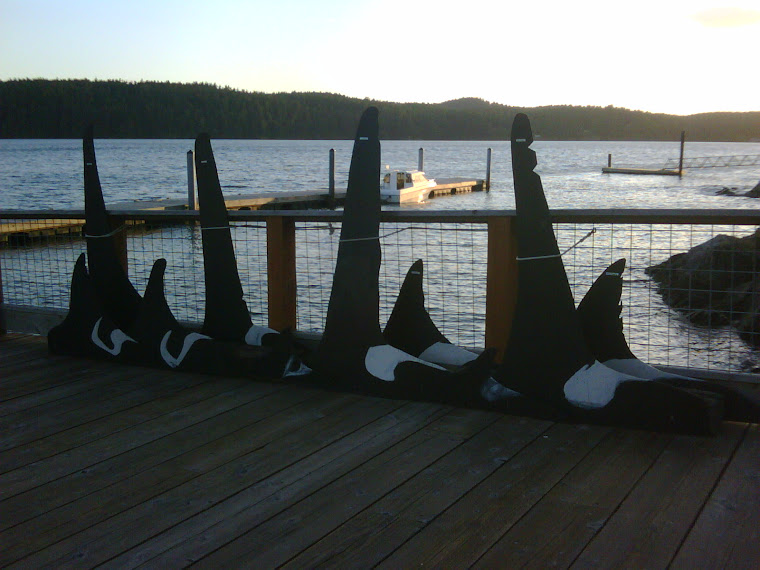
New Year’s Eve is probably one of the last thing on most people’s minds on July 31. But the Pacific Northwest operates independently of the traditional calendar, sort of like a fiscal year. Midsummer is when our environment seems to pause, take a deep breath, and start preparing for the real action ahead. The birds are skulking in the underbrush because they’re molting and look like Nick Nolte’s mugshot. The madrona trees are nearly as ragged, dropping old yellow leaves and shedding strips of cinnamon-colored bark. And there’s no drama in the weather, just an endless parade of morning clouds and afternoon sun.
You can tell where we’re headed if you look hard enough. Although it’s still never night unless you’re a true party animal or working swing shift, there’s something in the black shadows of the Douglas firs that seems to know that the darkness has been pushed as far back into corners and crevices as it’s ever going to go, and that the light has lost its enthusiasm to advance further. The sun hasn’t noticeably started moving south, but its relationship with our latitude has cooled into the equivalent of long silences and surreptitious glances at brochures for Chile and Tahiti.
But just as on December 31, there’s no reason to be melancholy on today’s date. For nature in the Northwest, the real action is ahead of us now: We’ve got the rest of summer, autumn storms, winter adventures, and the world’s longest spring to look forward to. So forget about Times Square: Pull up a lounge chair with the one you love, don your fleece jackets, pop open your favorite beverage and watch our brilliant ball drop behind the Olympics.
